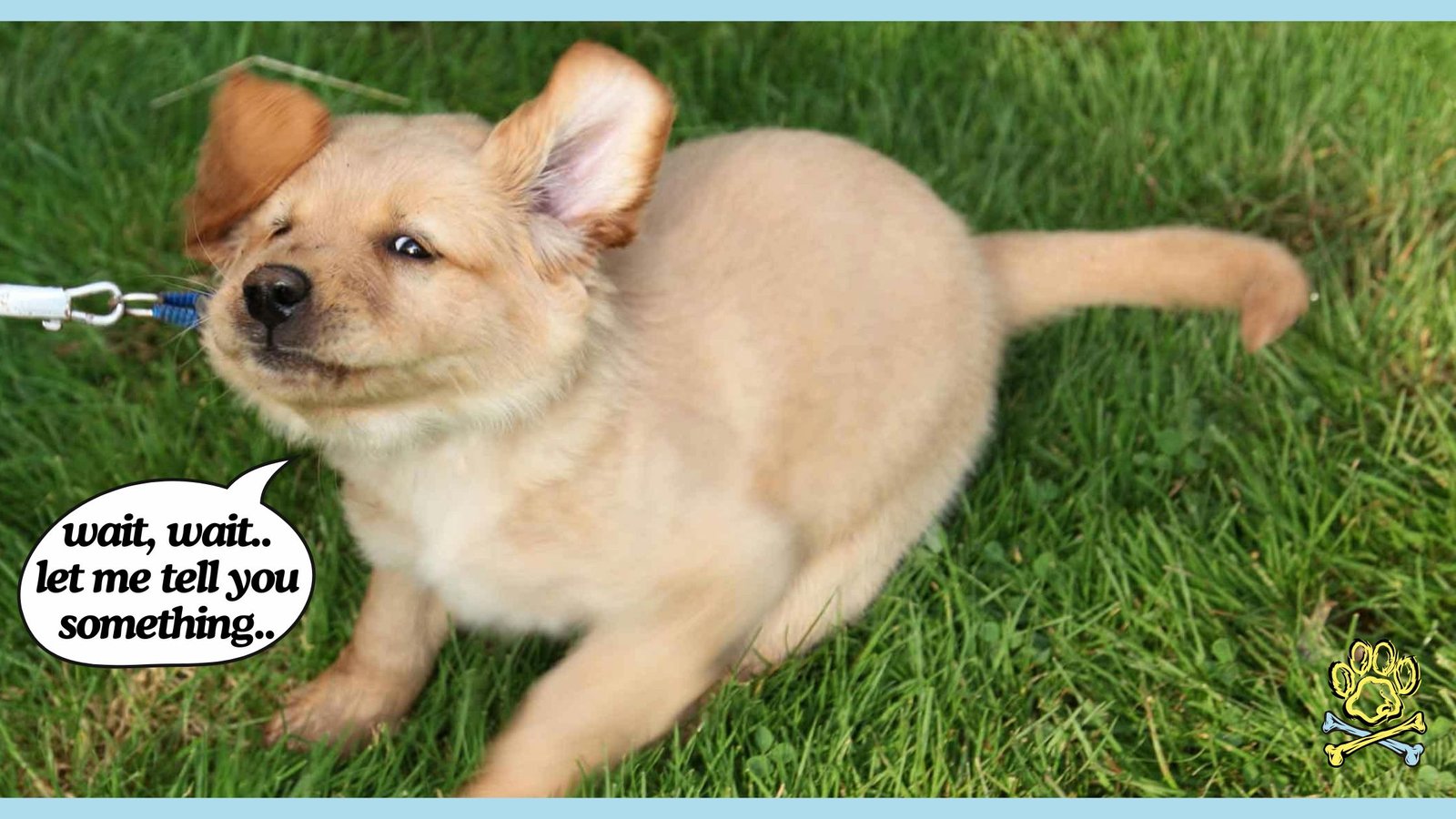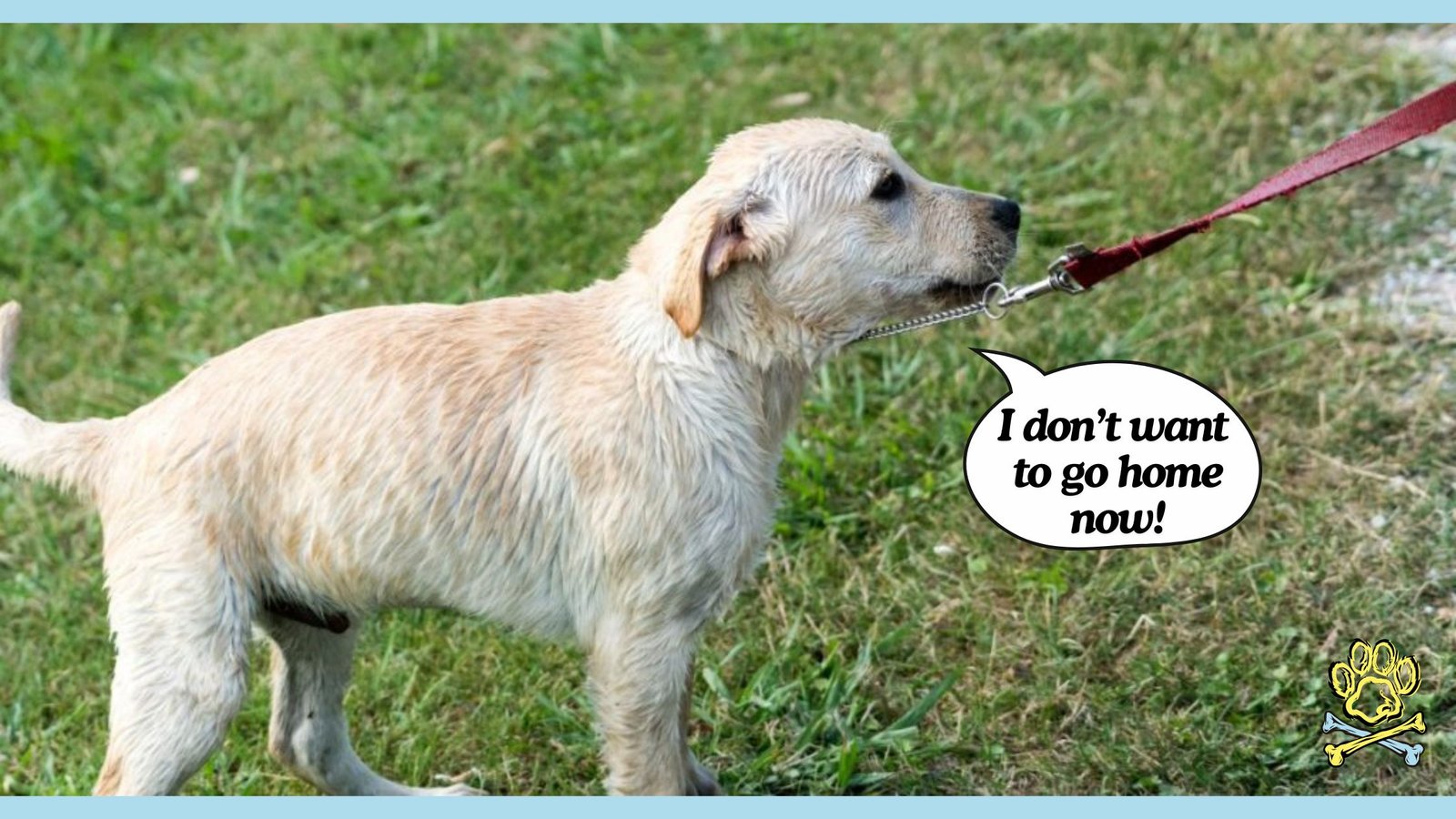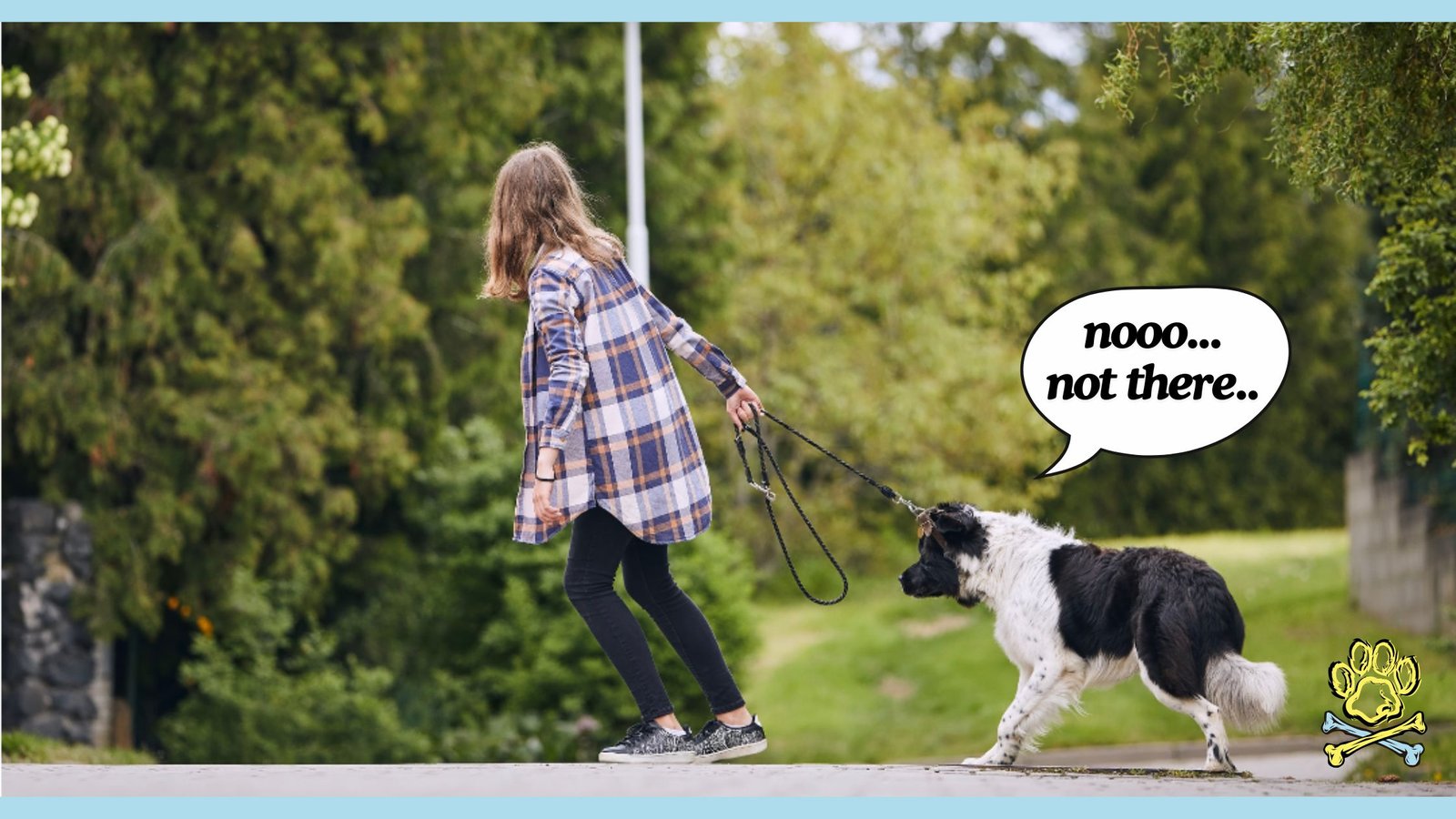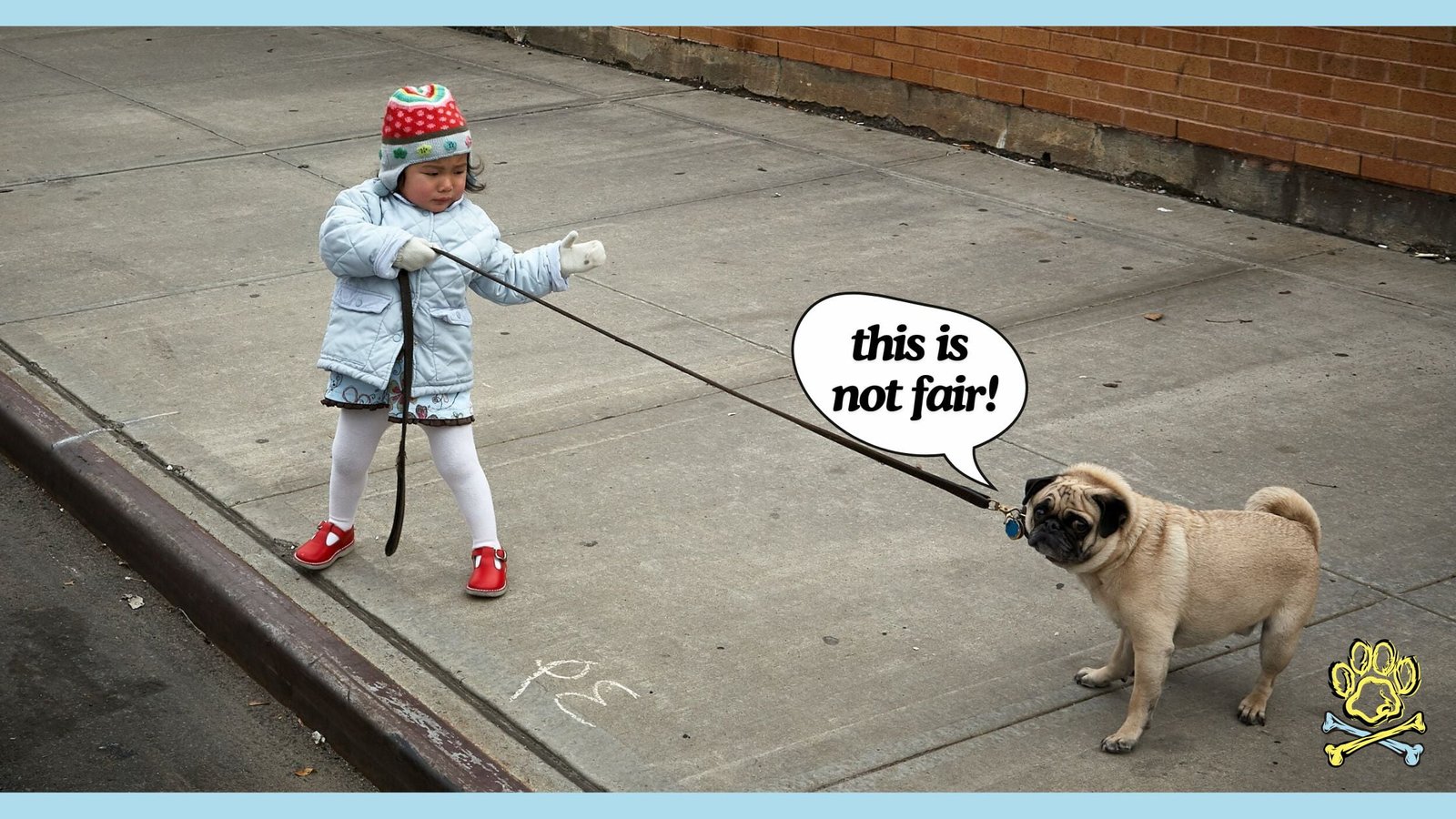Are you struggling with training stubborn dogs and looking for expert tips and professional solutions to conquer this challenge? As you embark on the journey to tame the most headstrong canine companions, our ultimate guide is here to equip you with the essential strategies and insights you need.

IMPORTANT ADVICE AND EXPERT TIPS FOR TAMING MOST STUBBORN DOGS
From understanding the traits and training challenges of stubborn dogs to recognizing the top 5 most challenging breeds like Siberian Huskies and Dachshunds, we delve into practical training methods tailored for each breed.
Discover the importance of consistent reward systems, the role of the dog owner in the training process, and the valuable contributions of Alaska Dog Works as a professional training solution. Get ready to transform your pet companionship journey with Alaska Dog Works and conquer the training hurdles with confidence and expertise.
Understanding Stubborn Dogs: Traits and Training Challenges
Stubborn dogs can be a handful, but with the right approach, even the most headstrong canine companion can become a well-behaved best friend. Stubborn breeds often have a strong sense of independence and a protective nature, which can make training a challenge. Some signs of a stubborn dog include ignoring commands, pulling on the leash, and refusing to give up toys or treats.
🔑 Key Points: Understanding the traits and challenges of stubborn dog breeds is crucial for effective training.
Recognizing The Top 5 Stubborn Dog Breeds
Some of the most popular stubborn dog breeds include:
- Siberian Huskies: Known for their intelligence and independence, Huskies require firm leadership and consistent training.
- Dachshunds: These small but mighty dogs have a strong prey drive and can be stubborn when it comes to housetraining.
- Boston Terriers: While friendly and sociable, Boston Terriers can be stubborn and require patience during training.
- Chihuahuas: These tiny dogs have big personalities and can be difficult to train without the right approach.
- Scottish Terriers: Independent and strong-willed, Scottish Terriers need a firm hand and lots of positive reinforcement.
🔑 Key Points: Recognizing the unique traits of stubborn dog breeds is essential for tailoring training methods to their specific needs.

INTRODUCTION TO ALASKA DOG WORKS: PROFESSIONAL TRAINING SOLUTIONS
Alaska Dog Works is a professional training solution that specializes in working with stubborn dog breeds. Their experienced trainers use reward-based training tactics and tailor their approach to each dog’s individual needs, ensuring the best possible results.
🔑 Key Points: Professional training solutions like Alaska Dog Works can provide the expertise and guidance needed to effectively train stubborn dogs.
Effective Strategies for Training Stubborn Dogs
Teaching an obstinate canine companion requires immense patience, unwavering consistency, and a positive approach.
Some highly effective strategies that can yield remarkable results include:
- Utilizing high-value treats and rewards as a powerful motivational tool to encourage your furry friend’s engagement and cooperation.
- Keeping training sessions brief and enjoyable to prevent boredom and maintain your dog’s enthusiasm. Short bursts of activity followed by ample playtime can work wonders.
- Implementing positive reinforcement techniques like clicker training, which involves marking desirable behaviors with a distinct sound and rewarding them instantly. This method fosters a clear understanding and strengthens the bond between you and your pet.
- Being consistent with commands, expectations, and consequences. Inconsistency can confuse and frustrate your dog, hindering the training process. For instance, when teaching the “sit” command, use a tasty treat to lure your furry pal into the desired position. As soon as their furry bottom touches the ground, reward them enthusiastically.
Repeat this process consistently, and your dog will soon associate the command with the action, leading to a well-trained pup.
🔑 Key Points: Effective training strategies for stubborn dogs revolve around positive reinforcement, consistency, and tailoring methods to the individual dog’s unique needs and temperament. By combining patience, perseverance, and a fun-filled approach, even the most stubborn pup can become a well-behaved companion.

SPECIAL FOCUS: TRAINING NEEDS OF SPECIFIC BREEDS
Siberian Husky: Intelligence and Independence
Siberian Huskies are renowned for their intelligence and strong independent streak, requiring firm yet gentle leadership and consistent training. These energetic canines thrive on positive reinforcement techniques that capture their attention and make learning enjoyable. Keeping training sessions short and engaging is crucial to maintain their focus and prevent boredom.
Dachshund: Exercise Needs and Behavioral Traits
Dachshunds have a strong prey drive and can be stubborn when it comes to housetraining. Provide plenty of exercise and use reward-based training to encourage good behavior.
Chihuahua: Customized Training Methods
Chihuahuas are small in size but big in personality. These feisty little dogs can be challenging to train without the right approach. To effectively train a Chihuahua, it’s crucial to use positive reinforcement. Be patient and understanding, as Chihuahuas may take longer to learn new commands compared to other breeds.
Break down the training process into small, manageable steps. Reward them with treats or praise whenever they accomplish a task correctly. This positive reinforcement will encourage them to repeat the desired behavior. Additionally, keep training sessions short and engaging, as Chihuahuas have a limited attention span.
Scottish Terrier: Overcoming Stubbornness with Patience
Scottish Terriers are known for their independent and strong-willed nature. Training these dogs requires a firm yet gentle approach, coupled with lots of positive reinforcement. They may be stubborn, but with patience and consistency, you can overcome this challenge.
Use high-value treats and praise to motivate them during training sessions. Be patient and consistent in your training approach. Scottish Terriers respond better to clear and concise commands. Avoid harsh punishment, as it may only reinforce their stubborn behavior.
🔑 Key Points: Understanding the specific training needs of each stubborn breed is crucial for developing an effective training plan. Chihuahuas respond well to positive reinforcement and patience, while Scottish Terriers require a firm but gentle approach, combined with consistency and positive reinforcement.

THE ROLE OF THE DOG OWNER IN THE TRAINING PROCESS
As a dog owner, you play a vital role in the training process of your furry companion. Consistency is the key to success, ensure that everyone in the household is using the same commands and rewarding good behavior consistently.
Commit To Your Stubborn Dogs and Give Them Guidance
Be patient and positive, even when your dog is being stubborn or not understanding the commands. Remember, your dog is not trying to be difficult intentionally; they just need guidance, leadership, and clear communication from you. Establish a routine and stick to it. Dogs thrive on structure and predictability.
Set aside dedicated training sessions and make them a regular part of your dog’s daily routine. During these sessions, focus on positive reinforcement by rewarding desired behaviors with treats, praise, or playtime. Avoid scolding or punishing the pups as that will have a negative effect on the training session and on the dog as well!
🔑 Key Points: Veterinary behaviorists can give expert tips and help when training dogs that are stubborn. These experts have studied animal behavior and know how to handle difficult cases. They can suggest training methods and strategies to use with stubborn dogs.
Integrating Socialization Early in Training
Socializing your stubborn dog from a young age is very important for their growth and success in training. Expose them to various places, people, and other dogs to help them become confident and well-adjusted. This early socialization can prevent fear and aggression issues later on. Consider signing up for a socialization class, like New Jersey’s top program for socializing boxers. These classes provide a safe space for puppies to meet new experiences and learn to be calm.
🔑 Key Points: Early socialization lays the foundation for stubborn dogs to be well-behaved and receptive to training. Exposing them to different environments and other animals when young can build confidence. Specialized socialization classes can also be very helpful.
Recognizing When to Seek Professional Help for Your Stubborn Dogs
Sometimes, even with your best efforts, you may need help from a professional to train your stubborn dog. If you’re dealing with severe behavior problems like aggression or making little progress on your own, it’s time to get assistance. A professional dog trainer or animal behaviorist can assess the issues and create a customized training plan.
Programs like the AKC Canine Good Citizen program offer structured training and support for both owners and dogs. These experts use positive reinforcement techniques to address problem behaviors.
🔑 Key Points: Knowing when to ask for professional help is important if you have a stubborn dog with severe behavioral issues. Experts like certified trainers or behaviorists can provide personalized guidance and proven training methods.

SUCCESS STORIES: TRANSFORMATIONS AND INSIGHTS FROM ALASKA DOG WORKS
At Alaska Dog Works, many previously stubborn dogs have transformed through their professional training programs. From energetic Siberian Huskies learning to calmly walk on a leash to tiny Chihuahuas mastering basic obedience commands, their success stories show the power of positive, consistent training. By collaborating closely with owners and tailoring training plans to each dog’s individual needs, Alaska Dog Works has helped numerous stubborn breeds become well-mannered family companions.
One client shared how their reactive Husky mix went from barking and lunging at people to calmly ignoring distractions after just a few weeks of training.
🔑 Key Points: Real-life success tales from expert dog training programs like Alaska Dog Works show how transformative consistent, positive training methods can be for stubborn pups. With dedication and the correct approach, even the most headstrong canines can learn new tricks.
Tackling Common Training Obstacles with Stubborn Dogs
Instructing a stubborn dog can often feel like an endless tug-of-war. Yet, you can overcome typical roadblocks with the right techniques. One highly effective strategy involves reward-based training methods. By reliably rewarding your pup for desired conduct, you reinforce those actions, making them likelier to repeat in the future. Breaking training into bite-sized, manageable steps is also crucial, as is exhibiting patience as your furry friend learns at their own pace.
For instance, if teaching your stubborn pooch to come when called seems daunting, start practicing in a low-distraction setting. Gradually increase difficulty as they master the skill. Use treats or praise to reward success. With consistency and positive reinforcement, even the most stubborn dogs can learn this essential command.
🔑 Key Points: The keys to navigating training hurdles with stubborn dogs? Patience, consistency, and effective reward-based tactics. Break lessons into small steps. Celebrate little victories. Stay the course, and progress will follow.
Fostering Good Behavior Through Reliable Reward Systems
Consistency proves paramount when encouraging desirable conduct in stubborn dogs. Establishing a clear reward system and adhering to it helps your pup understand exactly what you expect. Choose highly motivating rewards like tasty treats, favorite toys, or enthusiastic praise. Crucially, deliver these rewards promptly upon your dog exhibiting the target behavior.
For example, if your goal is to teach “stay,” begin by rewarding short stays of just a few seconds. As your dog masters this, extend the duration before offering the treat, toy or verbal praise. Staying consistent with this approach, patiently increasing difficulty, and reliably providing rewards for success will solidify this important skill.
Beyond obedience training, reward systems can also reinforce good manners like not jumping up or barking excessively. Whenever your stubborn pooch displays polite behavior, lavish them with their favorite reward. Over time, they’ll associate this conduct with something positive, motivating them to keep it up.
When training stubborn dogs like the Scottish Terriers, using rewards is key. For instance, if teaching them “stay,” give a tasty treat and lots of praise whenever they hold the stay for the desired time. This consistent positive reinforcement motivates good behavior.
🔑 Key Points: Encouraging desired actions in stubborn dogs requires a reliable reward system. Treats, praise, and other positive reinforcements help reinforce and motivate good behavior from these determined pups.

IMPORTANCE OF EXERCISE IN TRAINING STUBBORN DOGS
Exercise plays a vital role when training stubborn dogs. A well-exercised dog tends to be calmer and more obedient. So, ensure your stubborn dogs to get plenty of physical and mental stimulation daily. Regular walks, playtime, and interactive toys help keep them engaged and less likely to display stubborn tendencies.
Tired dog is less likely to display defiant behavior
As Dr. Marty Becker, a frequent contributor to Good Morning America, emphasizes, meeting your dog’s exercise needs is crucial for their overall well-being and successful training.
Stubborn dogs, like Siberian Huskies, Dachshunds, Boston Terriers, Chihuahuas, and Scottish Terriers, require a lot of physical and mental exercise. A tired dog is less likely to display defiant behavior. Daily walks, playtime with toys, and mentally stimulating activities can help drain their energy and make them more receptive to training.
🔑 Key Points: Providing adequate exercise is essential for stubborn dogs’ training success and overall health. A well-exercised dog is more likely to be attentive and responsive during training sessions.
The key to successfully training stubborn dogs
In conclusion, training stubborn dog breeds demands patience, consistency, and understanding from their owners. Recognizing the unique traits and challenges of breeds like Siberian Huskies, Dachshunds, Boston Terriers, Chihuahuas, and Scottish Terriers is crucial. Tailor your approach to their individual needs and personalities for effective results.
As a dog owner, you play a vital role in shaping your furry friend’s behavior through positive reinforcement and care. Consistency in training, providing adequate exercise, and using rewards to motivate desired actions are key to successfully training stubborn dogs. With time, patience, and the right techniques, these determined pups can learn to follow commands and display good behaviors.
The Takeaway On How To Train The Stubborn Dogs
Getting help from dog behavior experts like vet behaviorists and pro trainers like Alaska Dog Works can be very useful. They can give you great ideas and assistance when you’re having trouble training your dog. Socializing your pup early on and making sure they get plenty of exercise are both crucial parts of a good training program.
Using positive reinforcement training methods and being consistent will encourage good behavior. This will also strengthen the bond between you and your pet. Stick with it when training stubborn dogs. With dedication and understanding, you’ll see amazing changes. Your hard work will lead to a great relationship with a well-trained, happy dog.
Thank you for choosing to go on this rewarding journey with your beloved canine companion.









